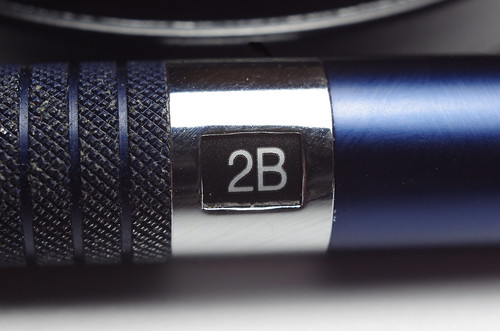 Originally posted by Dewman
Originally posted by Dewman 
I continue to read tip after tip of how to "sharpen your images" by taking then into endless editing programs, running them through dozens of different steps, yada, yada, yada. De-noise this, then take it into Topaz and do that, then use Light Room to do so and so.
Am I missing something here? One of the first things they taught me in the US Navy PH "A" School in Pensacola, Florida way back in 1964 was how to focus a lens. It seems to me, with some of the remarkable lenses that a goodly portion of us own, there should be NO NEED for all this hullabaloo!
?
8 or 9 steps in image processing?
mmm... Let me count MY pp steps:
1- Adjust WB
2-10 ACR adjust: Lens correction/Exposure/Recovery/Fill/Contrast/Brightness/Saturation/Vibrance/Clarity
11-14- ACR adjust Shadow/Darks/highlight/Lights corrections if required
15-16- ACR apply light noise reduction as needed
Export to photoshop
17- Crop as needed
18-Resizing as needed
19-22- Apply highlight/shadow/white clip/black clip balance
23-25- Curves
26- Selective dodging/burning
27-28- Clone tool/Healing brush work
29-Saturation
30- Gradient overlay(s)
31-Other misc adjustments
32-Levels RGB
33- Levels Midtones
34- Sharpening (one of 3 different methods depending on subject matter and desired "look")
I think you are 20-25 steps short of a good workflow, honestly.
If you aren't doing most of these steps regularly, I'd argue you aren't maximizing your image's potential. And this workflow is for my top 5-10% of my images ONLY. The ones that have gone through 2-4 rounds of culling and then selected as potential "Wall hangers". So yes they are in focus, exposed properly etc.
The caveat is if I am shooting events with limited turnaround time, or there are specific restrictions on pp of images being submitted. But for my artwork portfoilio, the steps listed are pretty standard.
Additionally:
-You are also comparing apples to oranges. Navy photo workflow was closer to journalistic requirements, which is minimal to no post processing allowed.
-If you are assuming sharpening or other post processing is done to correct technical flaws. That is an incorrect assumption, I think nearly everyone will agree on the concept that PP was not meant to "salvage" an image. And if you are inferring those who post process can't take technically sound images, you will really rattle some cages. Other have called post processing a "crutch". It most certainly is not.
-There are nearly as many ways to post process as image as there are ways to swing a golf club. Not every way works for every person's "style". Just because a post processing concept is presented, doesn't mean you must apply it to your images. Just like every swing tip in
Golf Digest won't work for you. My dad loved trying every new swing tip he ever read and 2x a year I'd spend a week purging him of most of those "tips" because he could not physically execute them. Some like pepper and salt, some like tabasco. Doesn't mean you need to flavor with pepper, salt AND tabasco.


 Similar Threads
Similar Threads 













 Post #4 by tduell
Post #4 by tduell








